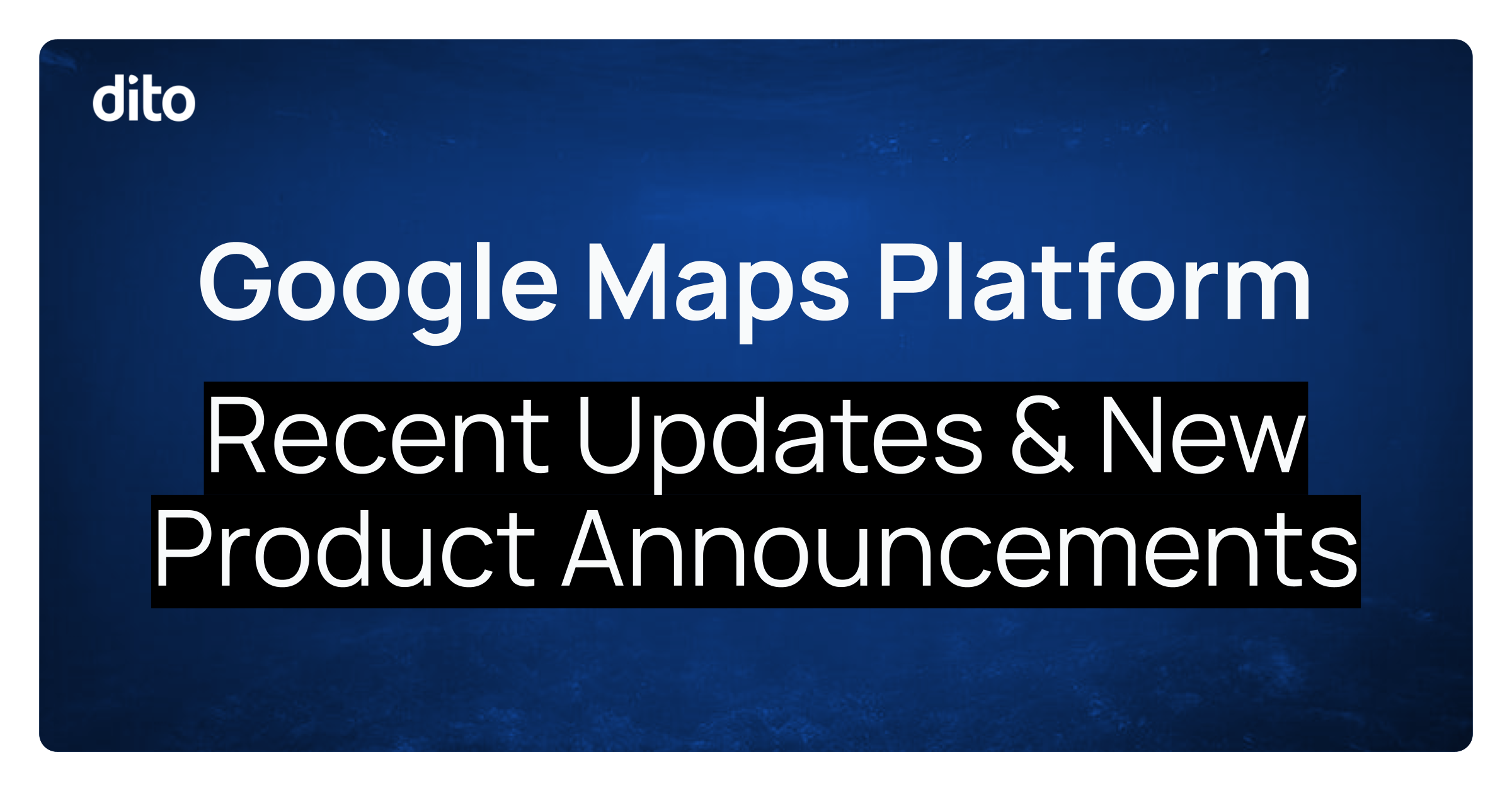Google Maps Platform is transforming asset tracking by bringing a diverse range of systems and APIs together into a single holistic platform. Historically, asset tracking has been a complex process that was often limited to items stored within the corporate network. Pervasive wireless connectivity and the internet of things have allowed for easier asset tracking, but that has not solved the complex integration and data reporting challenges that come with regulating a large number of items that are used in diverse ways.
Asset Tracking on Google Maps Platform
Google offers a variety of asset tracking products, mainly divided based on the scale of the program you need. In terms of its actual solution, the tech giant differentiates itself from highly specific asset tracking ecosystems by putting a wide range of capabilities into the same place.
For example, fleet management software that uses GPS tools alongside dedicated mapping systems allows businesses to track their service fleets in the field and optimize scheduling and routing. Asset tracking in the Google Cloud lets you do that by integrating with Google Maps and related apps, but you also have a variety of APIs to help you use that data in more ways or track a wider range of information. In the Google Cloud, you can blend Maps-related location systems with APIs designed to bolster use of IoT devices in order to employ location tracking and corresponding services across many different asset types:
- Mobile devices
- Specialized hardware, such as vending machines or ATMs
- Field employees with GPS-enabled devices
Basically, anything that has a GPS can be tracked and integrated in the Google Cloud, providing up-to-date location data on both stationary and in-motion assets.
Use cases for asset tracking powered by Google Maps Platform
The ability to blend accurate location data with back-end APIs allows organizations to seamlessly use that information in their processes. Some of the top use cases for modernized asset tracking include the following:
- Last-mile shipping: Monitoring packages, drivers and trucks out on deliveries is incredibly complicated, but it can also be extremely valuable if done efficiently. Consumers are pressuring brands for greater transparency into delivery times associated with e-commerce purchases. The ability to easily gather data and provide real-time tracking via customer-facing apps or websites can improve the user experience.
- Fleet management: Google Maps Platform features powerful mapping tools, including the ability to use Maps to snap assets to the road in the app’s visual display. This results in a clear view of where assets in your service fleet reside at any given time, allowing you to use location data to optimize routing, improve service request response based on driver location or gather analytics data on driver performance relative to different routes and conditions.
- Static asset tracking: Assets that don’t move can still be tracked. In particular, IoT devices let you keep tabs on temperatures, operating conditions and similar metrics on static devices, sending alerts when any thresholds for proper operations aren’t met. In doing so, users reduce unnecessary maintenance check-ins and optimize their day-to-day workflows. Furthermore, you can configure asset tracking systems to alert you when a static asset is moved, then view the item’s location in near real time, letting you identify where the asset is to prevent loss or theft.
- Mobile workers: Imagine you sent an employee to a client on a sales call, but he’s stuck in traffic. If you have that worker’s smartphone entered into your asset tracking system, you can identify where the employee is and suggest an alternate route that will get them to their meeting on time. This kind of tracking can be particularly beneficial for jobs that have location-specific requirements, such as maintenance workers trying to find assets in out-of-the-way places.
Using Google Maps to maximize asset tracking
On their own, none of these features is particularly revolutionary. What stands out about Google Maps Platform is its ability to bring everything together in a central solution that empowers you to create the specific tool you need, with relative ease. As it is natively connected to the rest of Google Cloud Platform, the location services, data and intelligence become that much more extensible for your business needs.









